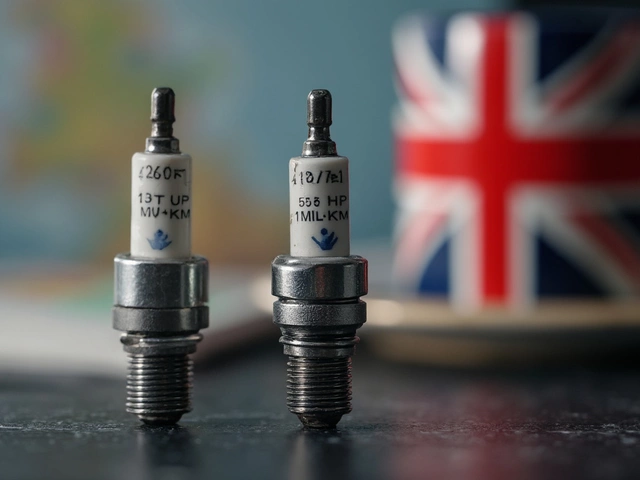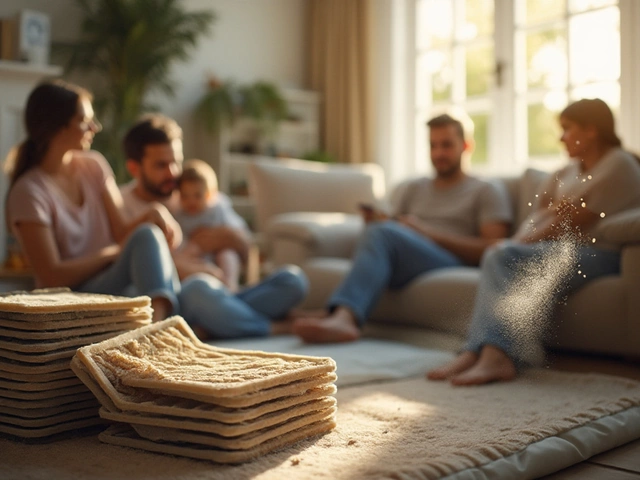How to Pick and Care for the Right HVAC Filter
Ever wonder why your heating or cooling feels weak, or why dust piles up fast? Most of the time it’s the filter. A good filter keeps the air clean, the system working, and your bills low. Let’s break down what you need to know.
Understanding Filter Types and MERV Ratings
Filters come in a few basic styles. Fiberglass filters are cheap and catch big particles, but they won’t stop pollen or pet dander. Pleated filters (the most common) grab smaller stuff and usually have a MERV rating between 5 and 12. The higher the MERV number, the finer the particles the filter can trap. Electrostatic filters use static electricity to attract dust and can be washed and reused. HEPA filters are the toughest – they catch 99.97% of particles down to 0.3 microns, but they need a system that can handle the extra resistance.
When to Change Your Filter and How Often
Most homes should swap the filter every 90 days. If you have pets, smokers, or a lot of traffic, bump that up to 30‑60 days. Look at the filter’s frame – if it looks gray or clogged, change it now, even if it’s early. A dirty filter makes the blower work harder, which raises energy use and can wear out the motor.
Changing a filter is quick. Turn off the unit, slide the old filter out, note the direction of the arrows, and slide the new one in the same way. Make sure it fits snugly; a loose filter lets air bypass and defeats the purpose.
Choosing the right size matters too. Measure the length, width, and thickness of the old filter. Most filters are 1‑inch thick, but some high‑MERV models need 2‑inch frames. If you’re unsure, bring the old filter to the shop – the staff at Northwich Tyres Centre can help you find the perfect match.
Cost‑wise, a basic fiberglass filter can be under £2, while a high‑MERV pleated one runs £5‑£10. Electrostatic reusable filters cost more upfront (£15‑£20) but can save you money over a few years. Think of it like a small investment to protect your HVAC and keep the air fresh.
Bad filters do more than raise your bill. They let dust into ducts, which can trigger allergies, coughs, and even reduce the lifespan of your furnace or AC. Clean air means fewer sick days and a home that feels more comfortable.
If you’re not sure how high a MERV rating your system can handle, check the manual or ask a pro. Over‑loading a unit with a very high‑MERV filter can restrict airflow, causing the system to overheat.
Regular filter swaps also give you a chance to inspect the surrounding area. Look for debris, mold, or damage to the filter slot. Spotting a problem early can prevent costly repairs later.
Bottom line: pick a filter that matches your air‑quality needs, change it on schedule, and keep an eye on how the system runs. Simple steps, big payoff – cleaner air, lower energy bills, and a happier HVAC.
 12 May 2025
12 May 2025
HVAC Air Filters: Which Type Gets Used the Most—and Why?
Most HVAC systems run on one basic filter design, but there’s more behind the choice than you might expect. This article goes straight to the most common filter, explains what it does, and breaks down why homeowners stick with it. Get clear on how filter types impact air quality, system efficiency, and your wallet. Solid tips show how to spot and maintain the right filter for your space. Got allergies or pets? You’ll want to know what makes the difference.






0